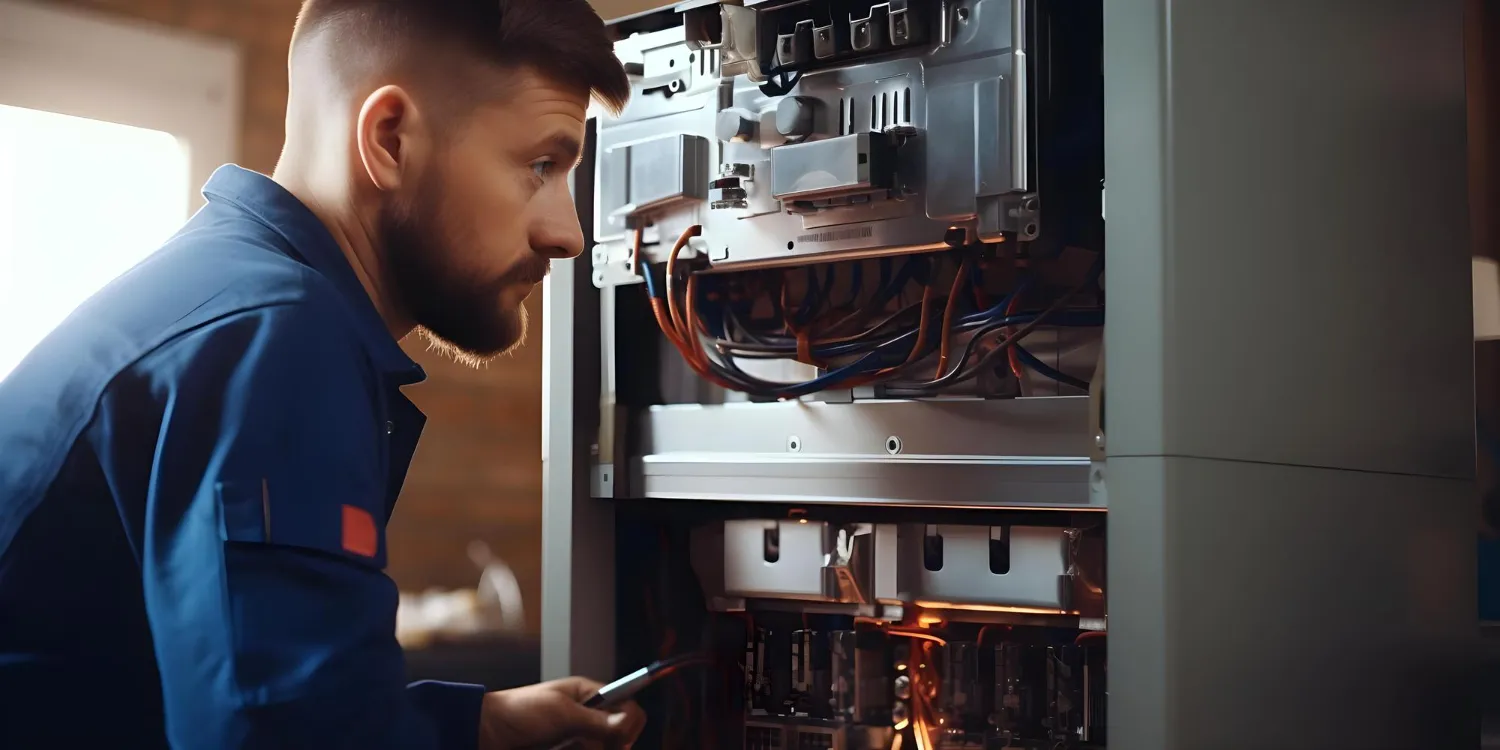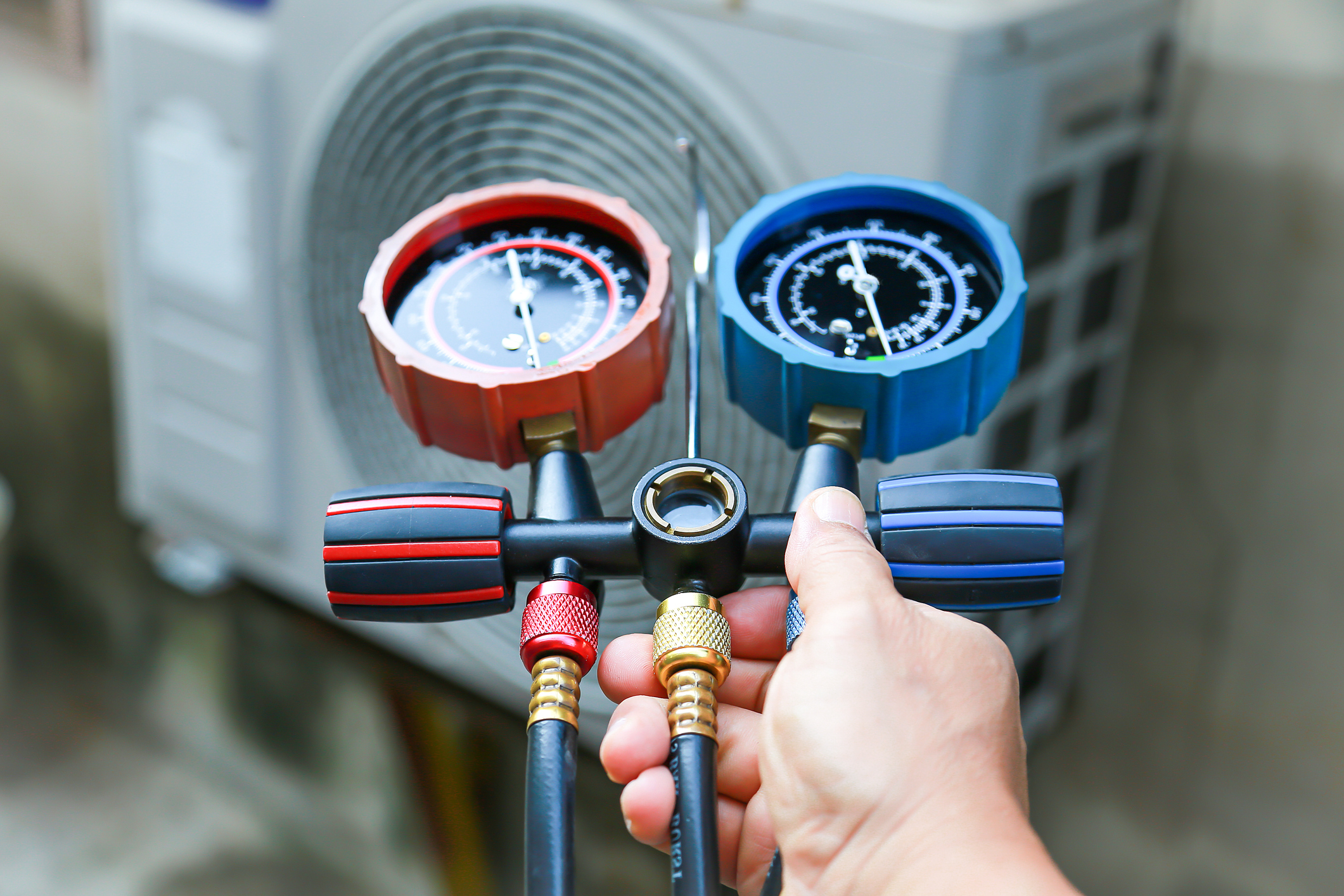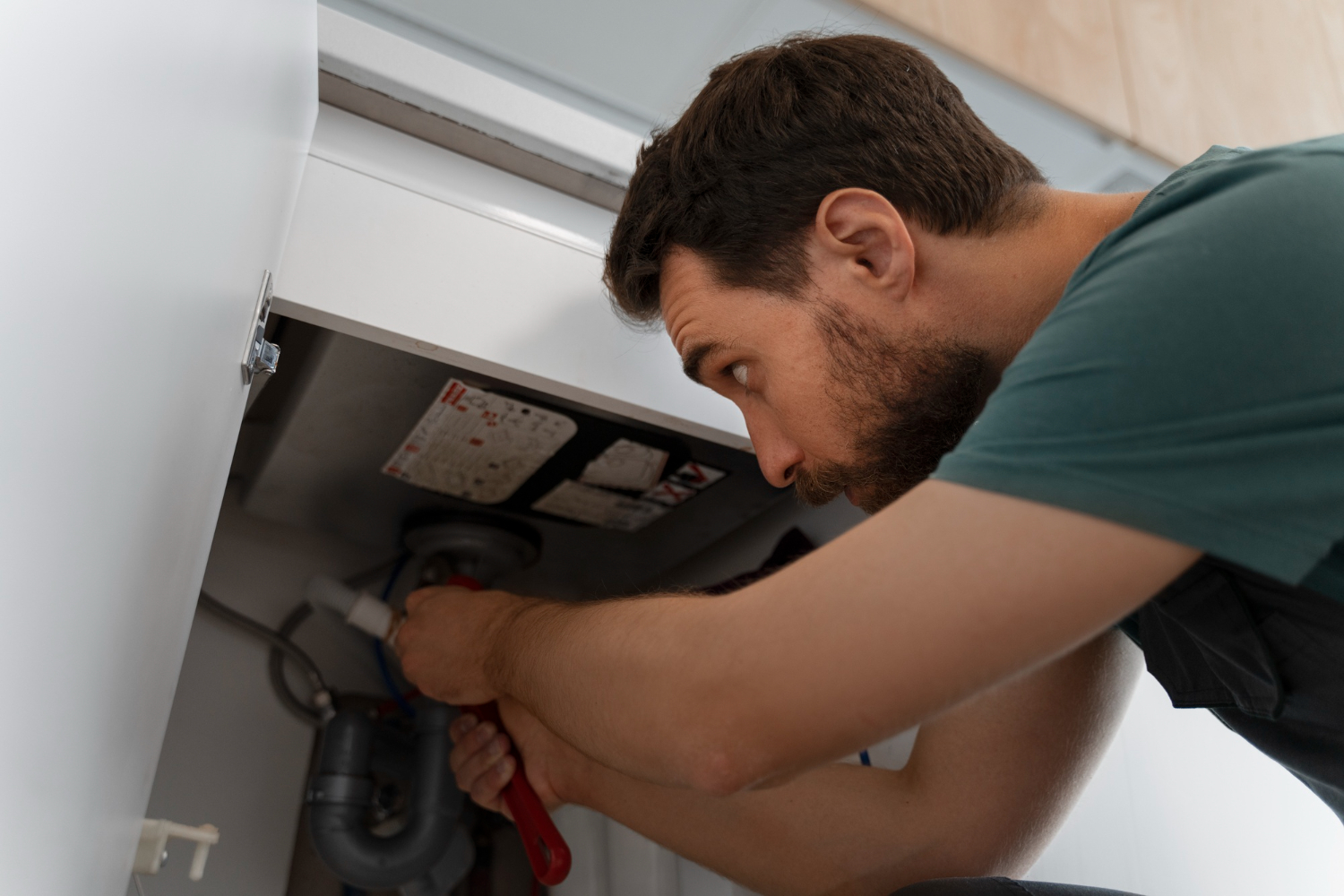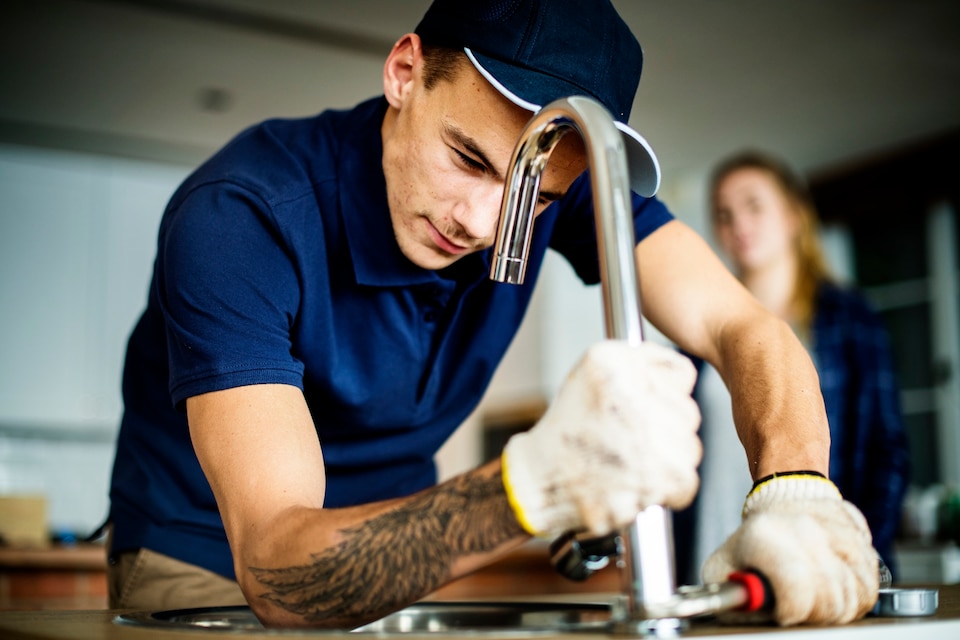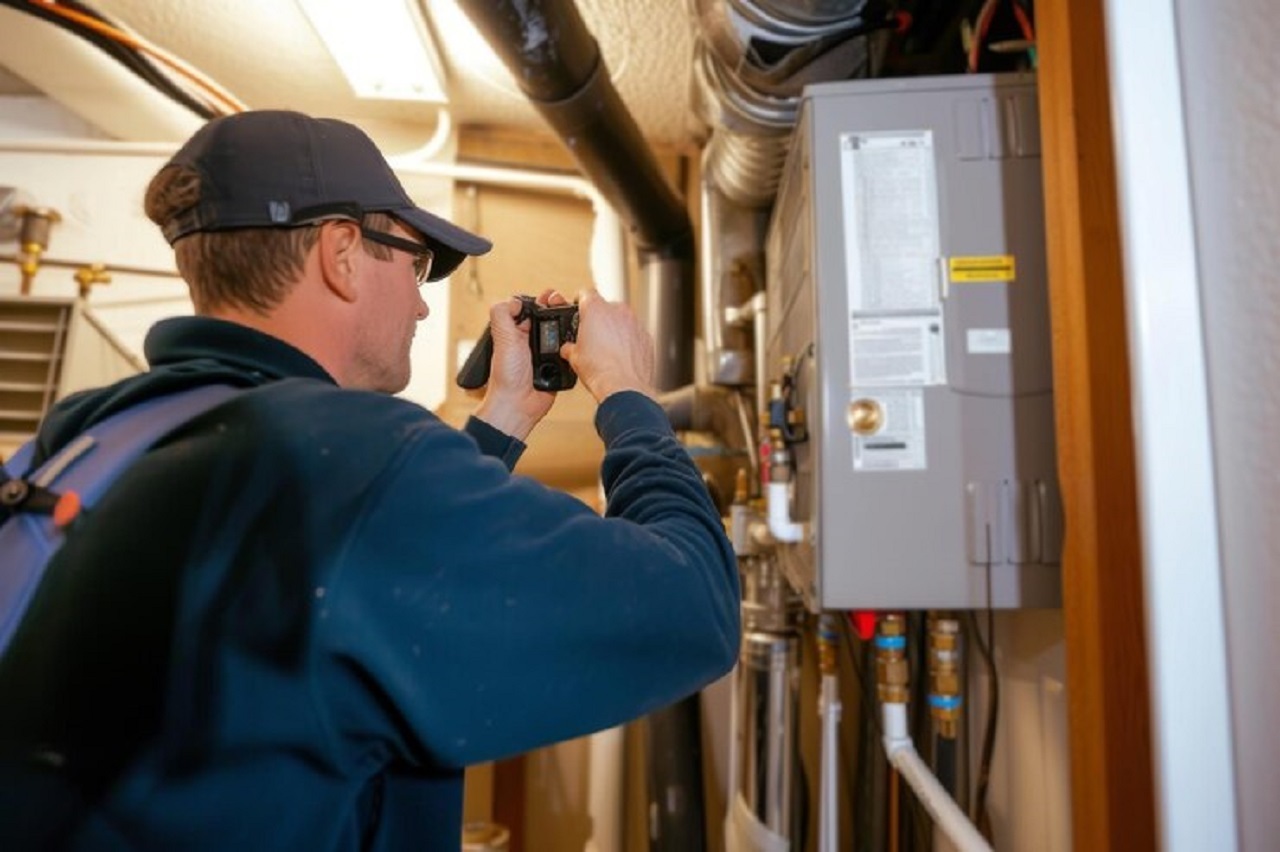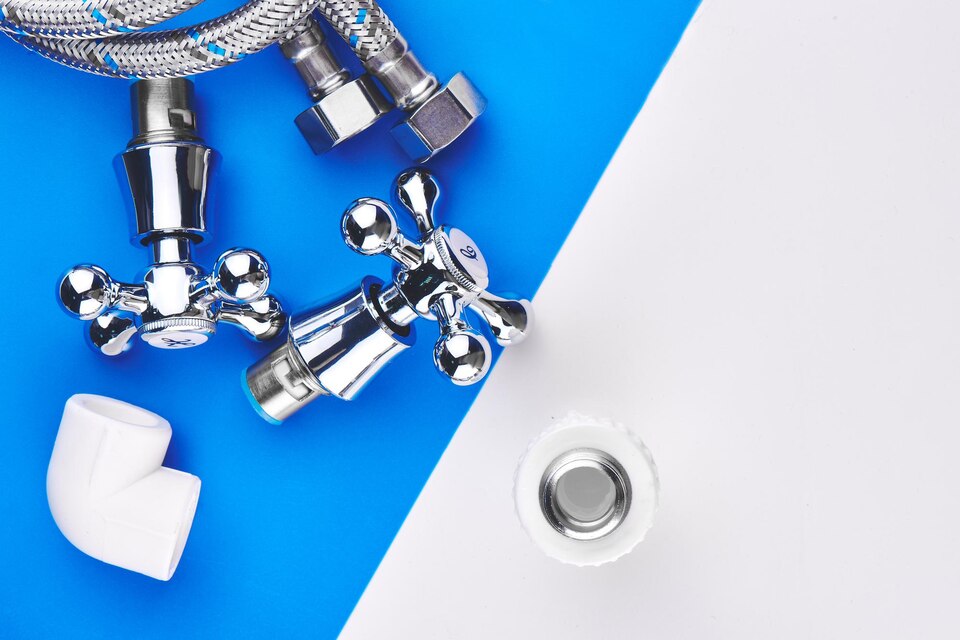Winter is a critical time for your furnace to function efficiently. A well-maintained furnace keeps your home warm and comfortable. However, furnaces can encounter issues that need immediate attention, making understanding furnace repair essential.
Common Signs Your Furnace Needs Repair
Recognizing the warning signs of a malfunctioning furnace can prevent more severe problems. Here are some common indicators that your furnace may need repair:
- Unusual Noises: Whistling, banging, or grinding sounds from the furnace can indicate mechanical issues.
- Inconsistent Heating: Uneven heating or rooms that remain cold might mean your furnace is struggling to distribute heat.
- High Energy Bills: A sudden spike in energy bills can indicate your furnace is working harder than necessary.
- Yellow Pilot Light: A yellow or flickering pilot light signals a ventilation problem, possibly due to carbon monoxide.
- Frequent Cycling: If your furnace turns on and off frequently, it might be experiencing thermostat issues or overheating.
- Foul Smells: Strange odors like a burning smell or the scent of gas can indicate serious issues requiring immediate attention.
Identifying these signs early can lead to timely repairs and avoid costly replacements.
How to Diagnose Furnace Problems?
Diagnosing furnace problems accurately is the first step to effective furnace repair. Here are the steps to follow:
- Check the Thermostat: Ensure the thermostat is set to “heat” and at the correct temperature. Replace batteries if necessary.
- Inspect the Circuit Breaker: Check if the circuit breaker for the furnace is switched on. Reset if needed.
- Examine Air Filters: Dirty or clogged air filters can cause airflow issues. Replace filters regularly.
- Look for Error Codes: Modern furnaces display error codes. Refer to the owner’s manual to understand the code and the underlying issue.
- Listen for Strange Sounds: Strange noises can give clues about mechanical troubles, like a worn-out belt or motor.
Performing these checks helps identify the problem quickly, allowing for a targeted repair approach.
Essential Tools for Furnace Troubleshooting
Having the right tools on hand makes furnace troubleshooting more manageable. Here is a list of essential tools:
- Screwdrivers: Both flathead and Phillips screwdrivers are necessary for opening panels and accessing internal components.
- Multimeter: Useful for checking electrical connectivity and ensuring components receive power.
- Wire Strippers: Necessary for repairing or replacing faulty wiring.
- Flashlight: Good lighting ensures you can see clearly in the furnace’s dark interior.
- Thermometer: Measures the temperature of air entering and leaving the furnace.
- Vacuum Cleaner: Keeps the internal parts free of dust and debris.
- Plumber’s Tape: Seals pipe joints to prevent gas leaks.
Equip yourself with these tools to make diagnosing and repairing your furnace easier and more efficient.
Safety Precautions for Furnace Repair
Safety should always come first during furnace repair. Follow these safety precautions to reduce risks:
- Turn Off the Power: Always switch off the power to the furnace before starting any repair work to avoid electrical shocks.
- Shut Off the Gas Supply: If you’re working on a gas furnace, turn off the gas valve to prevent leaks.
- Ventilate the Area: Ensure proper ventilation to avoid inhaling dust and fumes.
- Wear Protective Gear: Use safety glasses, gloves, and a dust mask to protect yourself from debris and other hazards.
- Use a Stable Work Surface: Make sure you work on a firm and stable surface to maintain balance and avoid accidents.
- Follow Manufacturer Guidelines: Always refer to the furnace’s manual for specific safety instructions.
Adhering to these safety precautions helps prevent accidents and ensures a safe repair process.
Step-by-Step Furnace Cleaning Guide
Regular cleaning is essential for a well-functioning furnace. Follow these steps to ensure your furnace operates efficiently:
- Turn Off the Power: Safety first. Switch off the power to the furnace at the circuit breaker.
- Remove the Access Panels: Use a screwdriver to remove the access panels and expose the internal components.
- Clean the Blower Assembly: Dust and debris can accumulate on the blower. Use a vacuum cleaner to remove dirt from the blower blades and motor.
- Vacuum the Burners: Clean the burner ports carefully, ensuring they are free of dust and debris, making sure not to damage any components.
- Inspect and Clean the Flame Sensor: Wipe the sensor with a clean cloth. A dirty flame sensor can cause the furnace to shut down unexpectedly.
- Replace the Air Filter: Dirty air filters restrict airflow. Check the filter and replace it if it’s dirty.
- Clean the Vents and Ducts: Ensure the air vents and ducts are free of obstructions and cleaned to facilitate efficient airflow.
- Reassemble and Test: Reattach the panels, restore the power, and test the furnace to ensure it runs correctly.
Following these steps helps keep your furnace clean, improving its efficiency and lifespan.
Understanding Furnace Components and Their Functions
Knowing furnace components and their functions can help with diagnostics and repairs. Here are the key components:
- Thermostat: Regulates the temperature. It sends a signal to the furnace to turn on or off based on the set temperature.
- Burner: Consists of jets that gas flows through. The gas is ignited and produces heat.
- Heat Exchanger: Transfers the generated heat to the air. It ensures that heated air is circulated through the home.
- Blower Motor: Circulates the air. It pushes the heated air through the ducts and vents into your home.
- Flame Sensor: Ensures the burner is producing a flame. It prevents the furnace from emitting harmful gases.
- Draft Inducer Fan: Clears out any exhaust gases from the previous cycle and ensures a proper draft for combustion.
- Limit Switch: Prevents the furnace from overheating by shutting it down if temperatures get too high.
Understanding these components aids in diagnosing issues and performing basic repairs effectively.
Troubleshooting and Fixing Pilot Light Issues
Pilot light problems are common in furnaces. Here is how to troubleshoot and fix them:
- Check the Thermostat Setting: Ensure the thermostat is set correctly. Sometimes, a simple reset can resolve the issue.
- Inspect the Pilot Light: If the light is out, follow the furnace’s manual to relight it. Turn off the gas, wait a few minutes, and then try reigniting.
- Clean the Pilot Orifice: Dust and debris can clog the pilot orifice. Use a thin wire to clean out any blockages.
- Check the Gas Supply: Ensure gas is flowing to the furnace. Inspect the gas valve and open it if necessary.
- Examine the Thermocouple: The thermocouple detects the pilot light. If it’s faulty, the pilot light won’t stay lit. Replace the thermocouple if it’s damaged.
- Look for Drafts: Drafts can blow out the pilot light. Check for any gaps or openings near the furnace that need sealing.
Following these steps can resolve most pilot light issues, ensuring your furnace operates smoothly.
Thermostat Problems and Solutions
Thermostat issues can cause your furnace to malfunction. Here’s how to troubleshoot and fix common thermostat problems:
- Check the Power Source: Ensure the thermostat has power. Check if the batteries are due for a replacement or if the wiring is intact.
- Calibrate the Thermostat: An incorrectly calibrated thermostat can misread temperatures. Consult your manual to calibrate it correctly.
- Inspect the Wiring: Loose or damaged wires can cause connectivity issues. Tighten any loose connections and replace damaged wires.
- Clean the Thermostat: Dust and debris can affect its function. Open the cover and carefully clean the interior with a soft brush.
- Ensure Proper Placement: Placement affects performance. Make sure it’s not exposed to direct sunlight or drafts, which can cause false readings.
- Set to Correct Mode: Ensure it’s set to the “heat” mode for winter use. Adjust the temperature setting to see if the furnace responds.
Addressing these common issues can resolve many thermostat problems and help maintain proper furnace function.
How to Address Unusual Furnace Noises
Hearing strange noises from your furnace is a sign that something may be wrong. Understanding these sounds and knowing how to address them can help you fix issues early and prevent further damage.
Common Noises and Their Causes:
- Banging or Popping: This may be caused by delayed ignition in the burner or the metal ductwork expanding and contracting.
- Squealing or Whining: These sounds often indicate issues with the blower motor or a slipping belt.
- Rattling: Loose components or debris in the system can cause rattling sounds.
Steps to Address Noises:
- Inspect Components: Check for loose parts and debris within the furnace and ductwork.
- Lubricate Moving Parts: Proper lubrication of the blower motor and belts can reduce squealing and whining.
- Burner Cleaning and Adjustment: Ensure the burner is clean and properly adjusted to prevent delayed ignition.
When to Call Our Professionals:
If these steps do not resolve the issue, it’s time to call our professionals for a thorough diagnosis and repair.
When to Call Our Professionals for Furnace Repair
Knowing when to call our professionals for furnace repair is crucial for ensuring your furnace system’s efficiency and safety. Some issues require professional attention to avoid further complications.
Immediate Signs You Need Professional Help:
- Persistent Strange Noises: If unusual noises continue despite basic troubleshooting, professional diagnosis is necessary.
- Short Cycling: The furnace turning on and off frequently signals deeper issues that need professional intervention.
- No Heat or Inadequate Heat: Complete loss of heat or insufficient heating should be inspected and repaired by our professionals.
Benefits of Professional Repair:
- Expert Diagnosis: Our professionals can accurately diagnose complex issues and ensure proper repairs.
- Safety Assurance: Professional repair ensures safety, avoiding risks like gas leaks or electrical hazards.
- Efficiency Restoration: Professional repairs restore furnace efficiency, ensuring optimal performance and energy use.
Emergency Services:
In case of urgent issues like gas leaks or complete furnace failure, our team offers emergency repair services to ensure your home’s comfort and safety.
How EnviroSafe Can Help with Furnace Repair Needs?
We provide expert furnace repair services. Our skilled professionals are ready to tackle all your furnace issues with precision and care.
Expert Diagnosis and Repair:
- Advanced Tools and Techniques: Our professionals use advanced tools to diagnose problems accurately and provide effective repairs.
- Comprehensive Solutions: From fixing minor issues to addressing major repairs, we ensure your furnace operates at its best.
Tailored Maintenance Plans:
- Regular Inspections: We offer regular inspection services to keep your system in top condition.
- Preventive Care: Our maintenance plans include preventive care to avoid major repairs and extend your furnace’s life.
Emergency Repair Services:
Our team is available for emergency repair services, ensuring you get prompt and reliable help when you need it most.
Conclusion
Maintaining a functional and efficient furnace is essential for home comfort and safety. From identifying unusual noises and knowing when to call for professional help to understanding the importance of regular maintenance, each aspect of furnace care plays a vital role. Regular upkeep and timely repairs by our professionals ensure your system remains in optimal condition.
EnviroSafe Plumbing, Heating, Air Conditioning, Water Treatment is committed to providing top-quality furnace repair in Bridgeton, NJ. Whether you need routine maintenance or emergency repairs, our skilled professionals are here to keep your home warm and safe.
Ready to ensure your furnace operates efficiently? Contact us today! Let our experts handle all your furnace repair needs. Call us now to schedule your service appointment!

